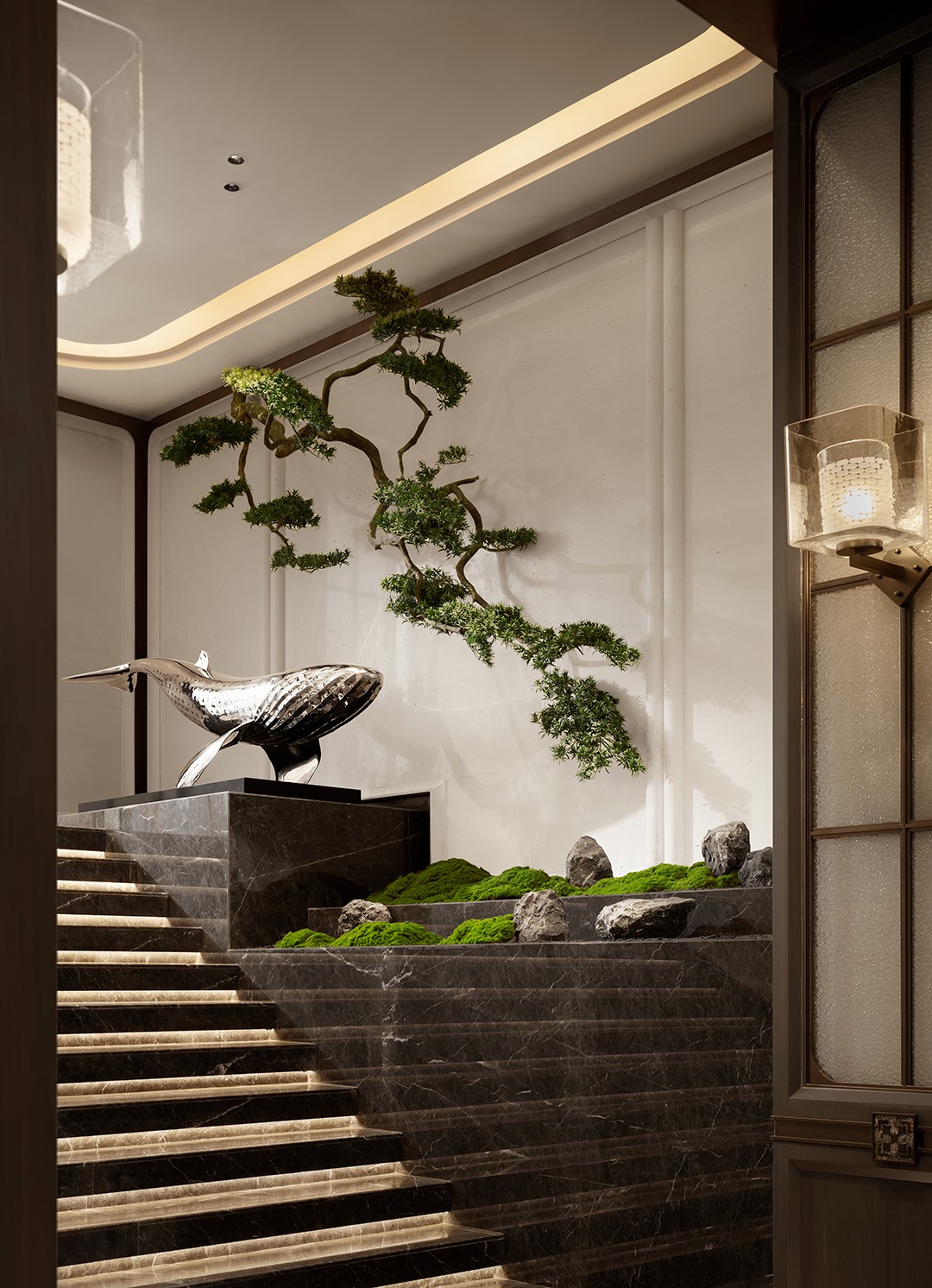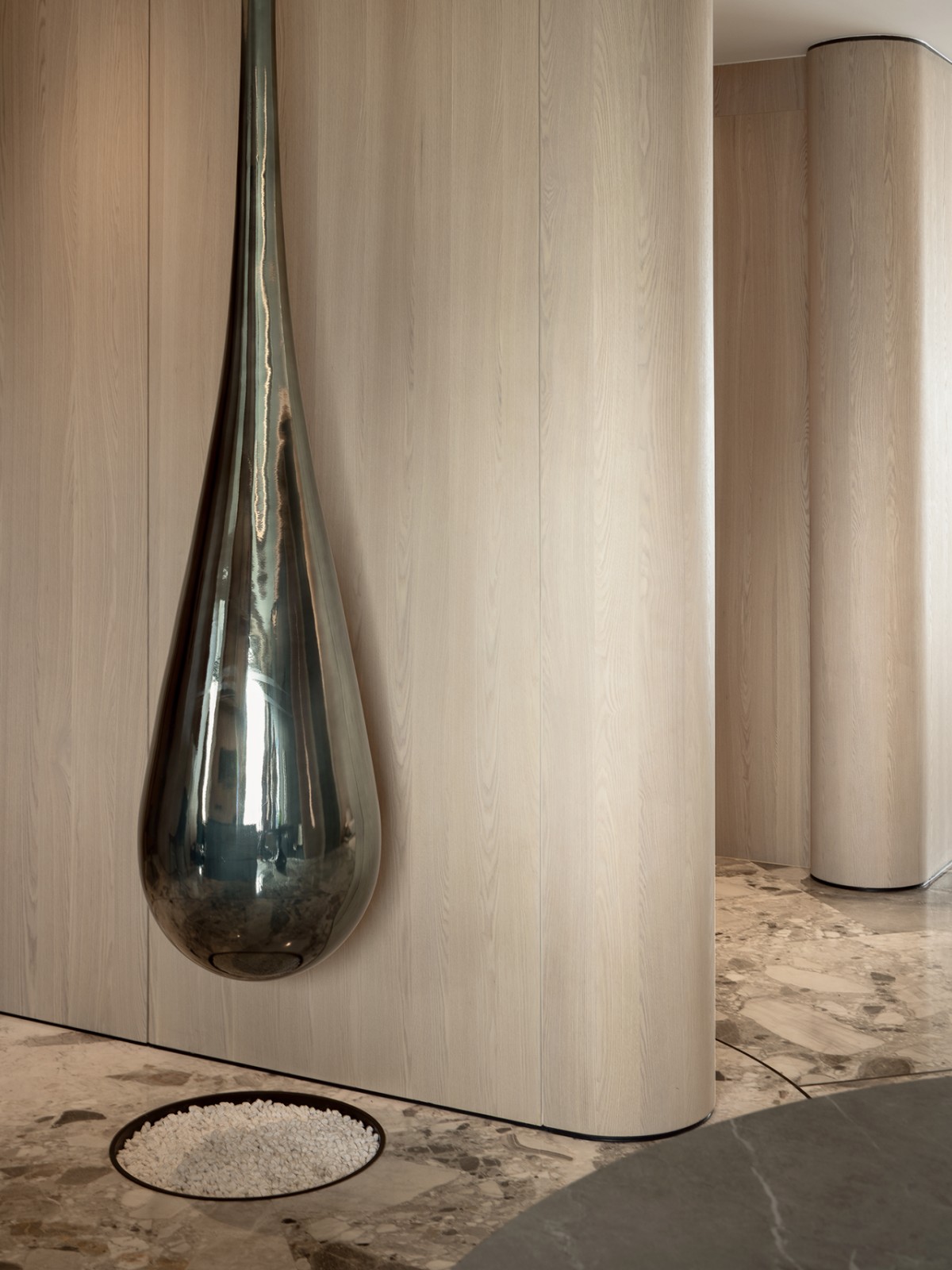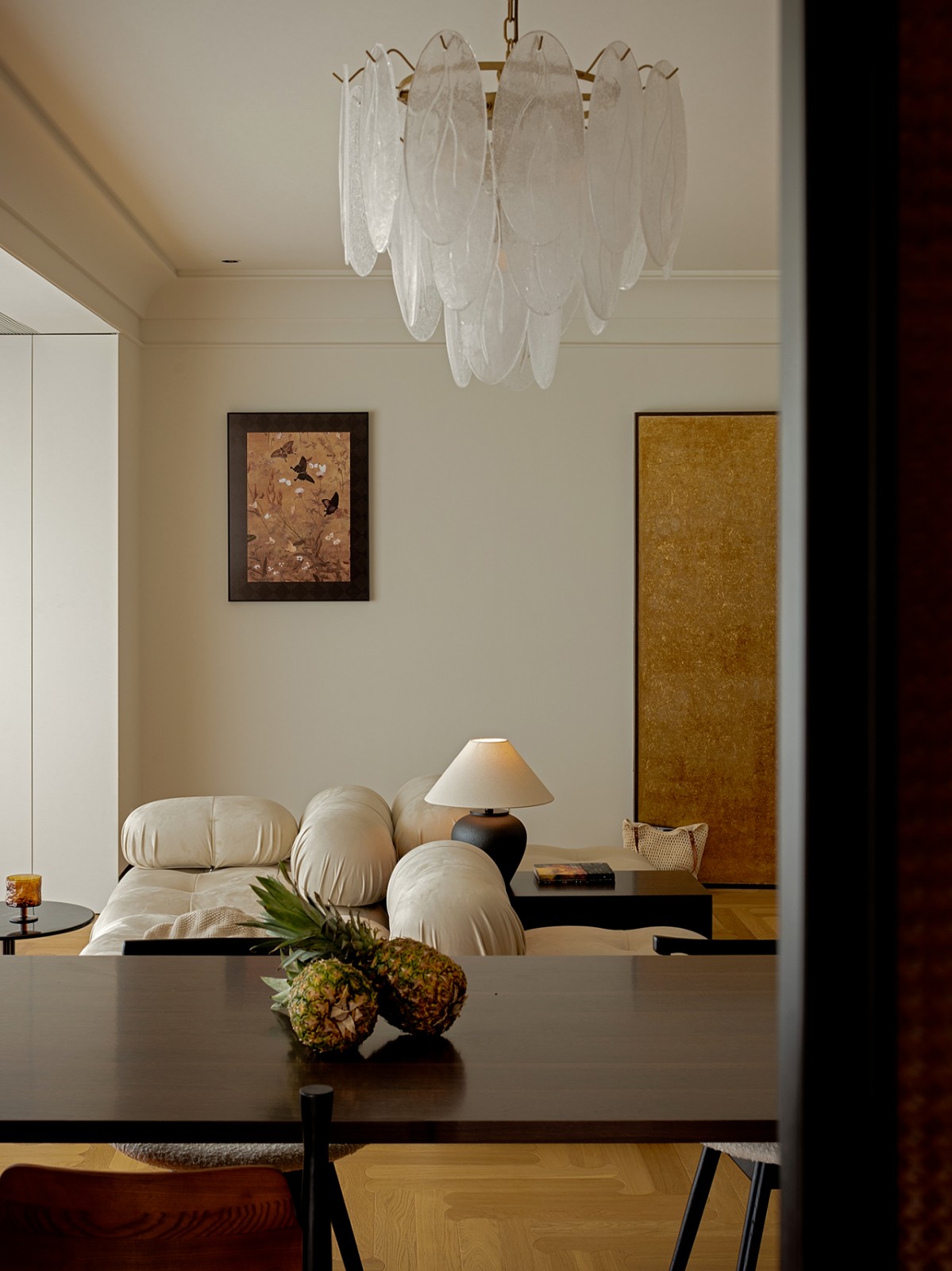Godiva House Empty Space Architecture
2013-01-11 00:00
架构师提供的文本描述。这项研究的前提是创造一个当代和更可持续的建筑对象,在那里,与“内外”不断对话相联系的简易居住空间产生了一个住宅,为两个行动不便的用户设计。
Text description provided by the architects. The premisses of this study were based on creating a contemporary and more sustainable possible architectural object, where the easy living space associated with a constant dialogue "inside / outside", gave rise to a dwelling designed for two users with reduced mobility.
“戈迪娃之家”,符合一种理性的建筑,设计的精确性与使用简单的几何学、使用高贵的材料和新的建筑方法相联系,产生了一个动态的建筑对象,其中建筑细节的精确性和艺术形式来源于一种基于形式和功能之间不断对话的方法。在三角形绘制的地形中,由中央四边形体积(枢轴)连接的两个矩形体,按照市政规则对齐所施加的限制旋转,从而实现房屋的绘制。
The "Godiva house", fits in a rational architecture, where the accuracy of the design associated with the use of simple geometric, use of noble materials and new construction methods, giving rise to a dynamic architectural object where the accuracy of the construction detail and the artistic form derived from a method based on constant dialogue between form and function. In a terrain of triangular drawing, two rectangular volumes interconnected by a central quadrangular volume (pivot), are rotated according to the imposed limits by municipal rules alignments, materializing the drawing of a house.
这个建筑对象由三个不同尺寸的容器组成。南集装箱是专为容纳私人空间的房子(房间,套房)。这卷书被撕开在它的南立面,作为一个户外空间的座位和圆形,它的主要目标是创造前沿的直接接触(房间/花园)。因为这是露天的“休息室”。北集装箱接收住宅的社交空间(半公共空间)。由主厅、餐厅和厨房组成。这个被大跨度撕裂的容器,取决于室内/室外的持续关系,不管它们的空间是如何直接或间接到达的。这卷以无限为导向,有一种装模作样的装腔作势,成为绿色户外“场景”的中心“包厢座”。较小的中央容器,是这个建筑对象的所有形式和空间组织的主要和主要元素。是铰链。这是抵达和离开的要素。他是低海拔到高海拔的互连元件。他是大楼的中心。
This architectural object is composed of three containers of different dimensions. The South container is designed to accommodate private spaces of the house (rooms, suites). This volume is torn in its south elevation, for an outdoor space for seating and circular, which has as main objective to create the frontier of the immediate contact (room / garden). Since this is a "Foyer" in the open air. The North container receives the social spaces of the house (semi-public). composed of the main room, dining room and kitchen. This container torn by large spans, is dependent on the constant relationship indoor / outdoor, regardless of how direct or indirect reach their spaces. This volume oriented to infinity, has the pretension to be the central “box seat” of an green outdoor "scene". The smaller central container, is the prime and principal element of all formal and spatial organization of this architectural object. It is the hinge. It is the element of arrival and departure. He is the interconnection element of the low elevation to the high. He is the center of the building.
将底层作为一个整体正规化的一套空间的设计,是为了容纳用户每天所使用的所有治疗设备(水疗池、理疗室),以及用于接收这所房子所需的复杂机械设备的空间,以便能够以更可持续的方式满足需求。
The set of spaces that formalize the ground floor as a whole are designed to accommodate all the equipment of treatment to which users are daily subjected (hydrotherapy pool, physiotherapy rooms) as well as space for receiving the complex mechanical equipment that this house is subject, to respond to the demands of a more sustainable way possible.
构成这一建筑作品的空间设计实质上是室内空间和外部空间之间不断存在的对话,每一个空间的本质都能反映出他想要成为什么。无论是什么功能,室内空间都与直接或间接开放的花园外部空间相结合,以暗示自己的功能。花园的设计就好像是一套室内空间,可以放松或行走,没有屋顶。在几个小时的阳光照射下,不断出现的自然光淹没了室内空间,通过不断而有趣的光和暗(光和影)的作用,正在物化和丰富建筑作品。这一建筑旨在居住,反映了一个非常独特的方式在世界上生活和行走的用户。
The design of spaces that compose this architectural piece is essentially a constant and ever- present dialogue between the interior and exterior spaces, where the nature of each one can reflect what he wants to be.The interior spaces whatever the function combined with the exterior space for the garden which is open directly or indirectly to suggest its own function. The garden is designed as if it were a set of interior spaces to relax or walk, without a roof. The constant presence of natural light to flood the interior spaces in several hours of sun exposure, is materializing and enrich the architectural piece, through a constant and interesting play of light and dark (light and shadow). This piece of architecture intended for dwelling, reflects a very singular way to live and walk in the world by its users.
这是一个项目,关注材料的具体特点和环境的可持续性,是一个不断的过程。与建筑有关的新技术的永久资源将使用新材料(被动热解法),条件是该建筑物获得(能源性能和室内空气质量认证“A”)。
This is a project where attention to the specific characteristics of the materials and environmental sustainability, was a constant. The permanent resource of new technologies associated with a construction will use new materials (Passive Thermal Solution), provided that the building received (Certification of Energy Performance and Indoor Air Quality "A +").
该建筑的能量可持续性可分为三章:被动式热解决方案使用ETICS系统(外保温)、热桥从基础到覆盖的修正、采用高折热系数的框架、双层玻璃加热折和紫外线滤光片等。
The Energy sustainability of this building can be divided into three chapters: Passive Thermal Solutions Use ETICS System (Thermal Insulation on the outside), correction of thermal bridges from the foundation until the coverage, use of frames with a high break thermal coefficient, double glazing with thermal break and UV filters,etc.
主动热解决方案项目“Godiva House”的主要基础是环境可持续发展。首先,太阳方向热的建筑工程提供了热增益。
Active Thermal Solutions The main bases that the Project "Godiva House" relays on order to be environmentally sustainable. First of all the architectural Project in therms of solar orientation provides thermal gains.
 举报
举报
别默默的看了,快登录帮我评论一下吧!:)
注册
登录
更多评论
相关文章
-

描边风设计中,最容易犯的8种问题分析
2018年走过了四分之一,LOGO设计趋势也清晰了LOGO设计
-

描边风设计中,最容易犯的8种问题分析
2018年走过了四分之一,LOGO设计趋势也清晰了LOGO设计
-

描边风设计中,最容易犯的8种问题分析
2018年走过了四分之一,LOGO设计趋势也清晰了LOGO设计


































































































































































